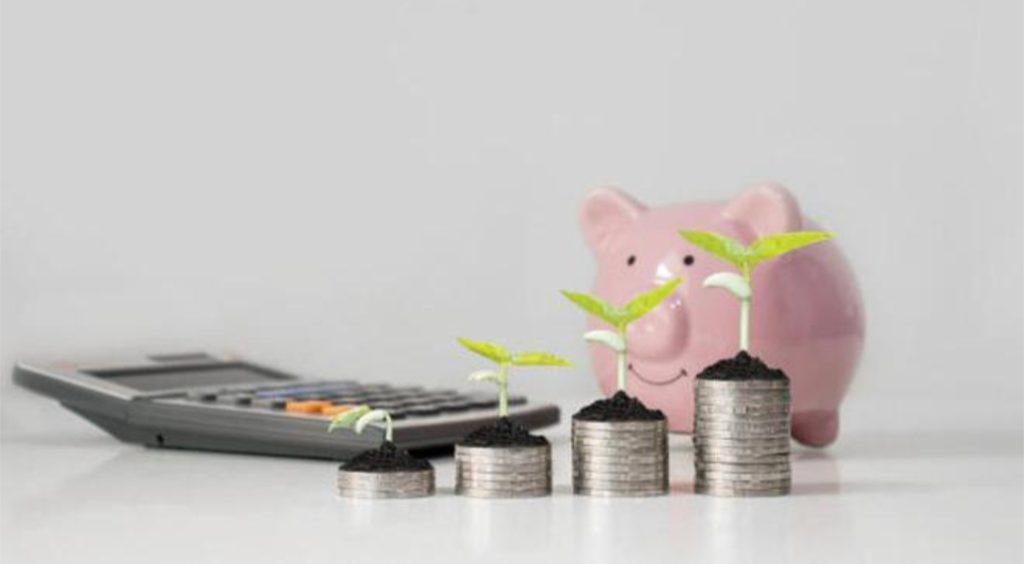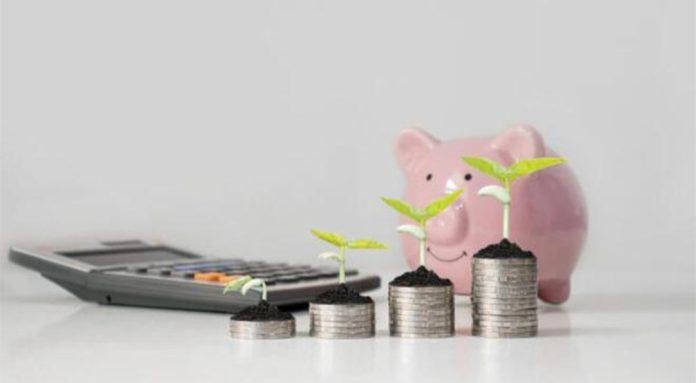Investors in the popular small saving schemes Public Provident Fund (PPF) and Sukanya Samriddhi Account (SSA), whose rates have not been hiked since January 2019, are unlikely to get higher returns anytime soon, a top government official has indicated.
This is because the government is no longer in complete agreement with the Shyamala Gopinath Committee formula that was adopted in April 2016 to reset small savings rates every quarter in line with the prevailing yields on government bonds of comparable tenures.
The last time the PPF and SSA rates were tweaked was when they were slashed sharply in April 2020 along with the returns on other small savings schemes.

Govt.averse to raising returns on tax-free small savings based on shyamala Gopinath panel .
At the time, the PPF rate was brought down to 7.1% from 7.9%, while the SSA’s returns were pared to 7.6%.
The returns of these two schemes haveremained static even as rates on some other
small savings instruments were hiked for the
third and fourth quarters of 2022-23.
“We disagree with the Shyamala Gopinath Committee’s formula in respect of those items where tax advantage is the main consideration,” a senior Finance Ministry official told The Hindu, stressing that incomes from both the PPF and the SSA are tax-free.
The Gopinath panel’s formula, he stressed,
ignored the fact that the comparable
government securities to whose yields small
savings rates are linked, are taxable.
“People need to take a call on whether they want tax breaks or higher returns. If it’s the latter, they can opt for the other small savings schemes that are taxable,” a topgovernment official told The Hindu.
A 10 to 30 basis points (bps) hike was granted for five of 12 small savings schemes for the October to December 2022 quarter, while eight schemes’ returns were raised by 20 bps to 110 bps for the current quarter. One basis point equals 0.01%.
As per the formula prescribed by a panel led by former Reserve Bank of India (RBI) Deputy Governor Shyamal Gopinath, the PPF rate should have been hiked to 7.72% and the Sukanya Samriddhi Account’s returns ought to have been raised to 8.22% during the October to December quarter.
Yields on government bonds have not changed significantly over recent months and a similar hike may be deduced from the formula for the coming April to June 2023 quarter, whose rates will be announced this week. But except for political economy considerations that may come into play, hikes are unlikely for these two schemes.
“Almost all the investors in these two schemes are taxpayers and the tax-adjusted yield is much higher than the 7.1% paid out on PPF. For those in the highest income tax bracket of around 39%, the return is roughly 11.6%,” the official pointed out.
“Even if you’re in the 20% income tax slab, the returns on PPF and SSA are much higher than any comparable investment. So we are giving more than that margin through the tax benefit, that’s why we are neither raising these schemes’ rates, nor are we inclined to do so,” the official stressed.
Apart from the tax considerations, the government is also concerned about the ability of banks to raise adequate deposits to meet an uptick in credit demand and bolster their balance sheets amid troubles in banks in the developed world.
The RBI, in its February bulletin, had noted that term deposit rates offered by banks are generally lower than small savings like post office term deposits for a tenure of up to three years.meet an uptick in credit demand and bolster their balance sheets amid troubles in banks in the developed world.
The RBI, in its February bulletin, had noted that term deposit rates offered by banks are generally lower than small savings like post office term deposits for a tenure of up to three years.
Moreover, the Budget has announced a new Mahila Samman Savings Certificate, where investments up to 2 lakh will fetch 7.5% returns for two years. The scheme, however, is taxable, unlike the SSA, that was launched by Prime Minister Narendra Modi in January 2015 to encourage families to invest in the education of girl children and save for their marriage expenses under the Beti Bachao Beti Padhao campaign.
Investors in the popular small saving schemes Public Provident Fund (PPF) and Sukanya Samriddhi Account (SSA), whose rates have not been hiked since January 2019, are unlikely to get higher returns anytime soon, a top government official has indicated.
This is because the government is no longer in complete agreement with the Shyamala Gopinath Committee formula that was adopted in April 2016 to reset small savings rates every quarter in line with the prevailing yields on government bonds of comparable tenures.
The last time the PPF and SSA rates were tweaked was when they were slashed sharply in April 2020 along with the returns on other small savings schemes. At the time, the PPF rate was brought down to 7.1% from 7.9%, while the SSA’s returns were pared to 7.6%.
The returns of these two schemes haveremained static even as rates on some other small savings instruments were hiked for the third and fourth quarters of 2022-23. “We disagree with the Shyamala Gopinath Committee’s formula in respect of those items where tax advantage is the main consideration,” a senior Finance Ministry official told The Hindu, stressing that incomes from both the PPF and the SSA are tax-free.
The Gopinath panel’s formula, he stressed, ignored the fact that the comparable government securities to whose yields small savings rates are linked, are taxable. “People need to take a call on whether they want tax breaks or higher returns. If it’s the latter, they can opt for the other small savings schemes that are taxable,” a topgovernment official told The Hindu.
A 10 to 30 basis points (bps) hike was granted for five of 12 small savings schemes for the October to December 2022 quarter, while eight schemes’ returns were raised by 20 bps to 110 bps for the current quarter. One basis point equals 0.01%.
As per the formula prescribed by a panel led by former Reserve Bank of India (RBI) Deputy Governor Shyamal Gopinath, the PPF rate should have been hiked to 7.72% and the Sukanya Samriddhi Account’s returns ought to have been raised to 8.22% during the October to December quarter.
Yields on government bonds have not changed significantly over recent months and a similar hike may be deduced from the formula for the coming April to June 2023 quarter, whose rates will be announced this week. But except for political economy considerations that may come into play, hikes are unlikely for these two schemes.”
Almost all the investors in these two schemes are taxpayers and the tax-adjusted yield is much higher than the 7.1% paid out on PPF. For those in the highest income tax bracket of around 39%, the return is roughly 11.6%,” the official pointed out. “Even if you’re in the 20% income tax slab, the returns on PPF and SSA are much higher than any comparable investment. So we are giving more than that margin through the tax benefit, that’s why we are neither raising these schemes’ rates, nor are we inclined to do so,” the official stressed.
Apart from the tax considerations, the government is also concerned about the ability of banks to raise adequate deposits to meet an uptick in credit demand and bolster their balance sheets amid troubles in banks in the developed world.
The RBI, in its February bulletin, had noted that term deposit rates offered by banks are generally lower than small savings like post office term deposits for a tenure of up to three years.meet an uptick in credit demand and bolster their balance sheets amid troubles in banks in the developed world. The RBI, in its February bulletin, had noted that term deposit rates offered by banks are generally lower than small savings like post office term deposits for a tenure of up to three years.
Moreover, the Budget has announced a new Mahila Samman Savings Certificate, where investments up to 2 lakh will fetch 7.5% returns for two years. The scheme, however, is taxable, unlike the SSA, that was launched by Prime Minister Narendra Modi in January 2015 to encourage families to invest in the education of girl children and save for their marriage expenses under the Beti Bachao Beti Padhao campaign.



